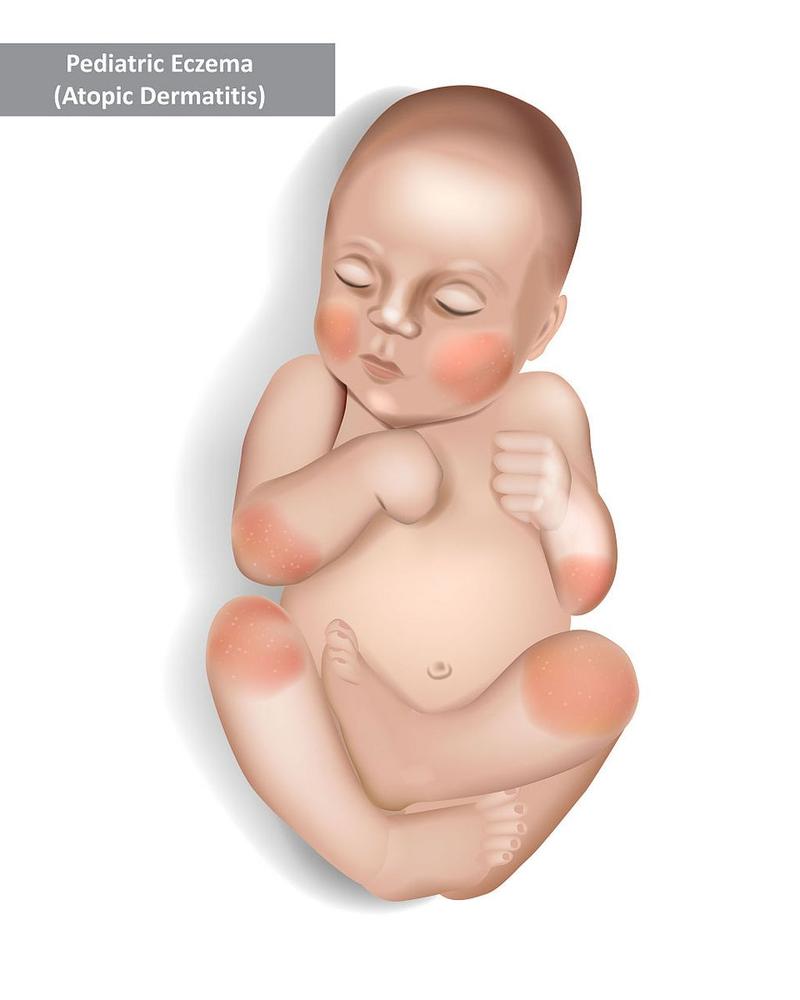Understanding Atopic Dermatitis: A Comprehensive Guide for You
Atopic dermatitis, often referred to as eczema, is a chronic skin condition that affects millions of people worldwide. It’s characterized by itchy, inflamed skin that can appear anywhere on the body. If you or someone you know is dealing with atopic dermatitis, this detailed guide will provide you with a comprehensive understanding of the condition, its causes, symptoms, treatment options, and how to manage it effectively.
What is Atopic Dermatitis?
Atopic dermatitis is a type of eczema that is often associated with other conditions such as asthma and hay fever. It’s believed to be caused by a combination of genetic and environmental factors. The condition is characterized by dry, itchy skin that can become inflamed and cracked, leading to pain and discomfort.

Causes of Atopic Dermatitis
The exact cause of atopic dermatitis is not fully understood, but it’s thought to be related to a combination of factors:
-
Genetic predisposition: If you have a family history of atopic dermatitis, asthma, or hay fever, you’re more likely to develop the condition.
-
Immune system dysfunction: Atopic dermatitis is believed to be caused by an overactive immune system that reacts to certain substances in the environment.
-
Environmental triggers: Exposure to allergens, irritants, and harsh weather conditions can exacerbate symptoms.

Symptoms of Atopic Dermatitis
The symptoms of atopic dermatitis can vary from person to person, but common signs include:
-
Itchy skin: This is often the first sign of atopic dermatitis and can be severe, leading to sleep disturbances.
-
Red, inflamed skin: The affected areas may appear red and swollen, and in severe cases, may have a raised, bumpy texture.
-
Cracked skin: The skin may become dry and cracked, leading to pain and bleeding.
-
Scaly skin: In some cases, the skin may develop scales or crusts.
Diagnosis of Atopic Dermatitis
Diagnosing atopic dermatitis typically involves a physical examination of the skin by a healthcare professional. They may also ask about your medical history and family history to determine if you’re at risk for the condition. In some cases, additional tests may be necessary to rule out other skin conditions or to identify specific triggers.
Treatment Options for Atopic Dermatitis
Treatment for atopic dermatitis aims to relieve symptoms, prevent flare-ups, and improve overall skin health. Common treatment options include:
-
Topical treatments: Creams, ointments, and lotions containing corticosteroids, moisturizers, and antihistamines can help reduce inflammation and itching.
-
Oral medications: In some cases, oral corticosteroids or other medications may be prescribed to manage severe symptoms.
-
Phototherapy: This involves exposing the skin to controlled amounts of ultraviolet light to reduce inflammation and itching.
-
Lifestyle changes: Avoiding known triggers, maintaining a healthy diet, and practicing good skin care can help manage symptoms.
Managing Atopic Dermatitis
Managing atopic dermatitis involves a combination of treatment and lifestyle changes. Here are some tips to help you manage your condition:
-
Keep your skin moisturized: Use a thick, fragrance-free moisturizer several times a day, especially after bathing.
-
Avoid harsh soaps and irritants: Use gentle, fragrance-free cleansers and avoid products that contain alcohol or other irritants.
-
Manage stress: Stress can exacerbate symptoms, so find ways to manage stress, such as through exercise, meditation, or therapy.
-
Identify and avoid triggers: Keep a diary of your symptoms to identify potential triggers, such as allergens or irritants, and avoid them as much as possible.
Living with Atopic Dermatitis
Living with atopic dermatitis can be challenging, but with proper management and support, you can lead a
